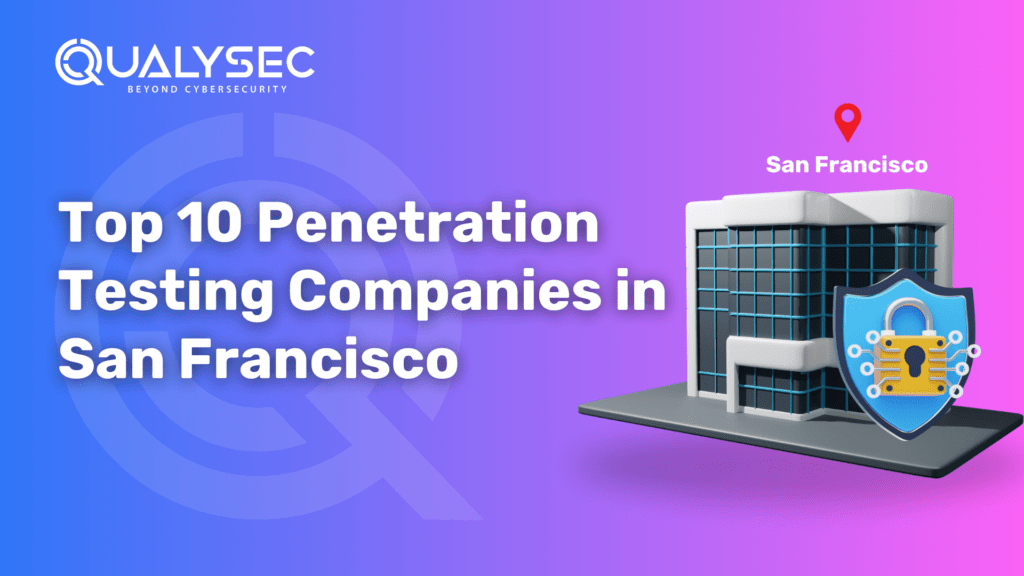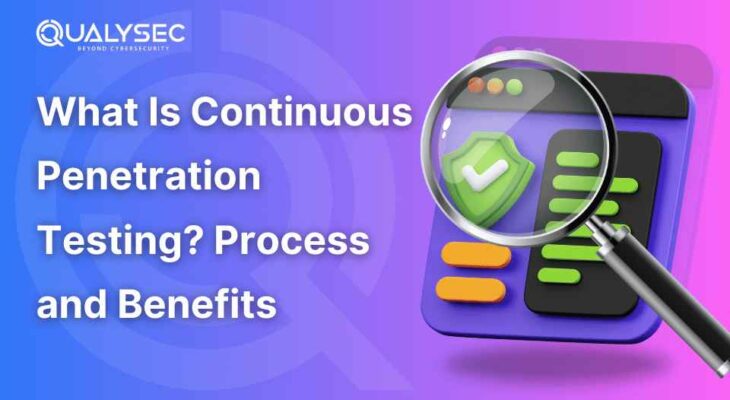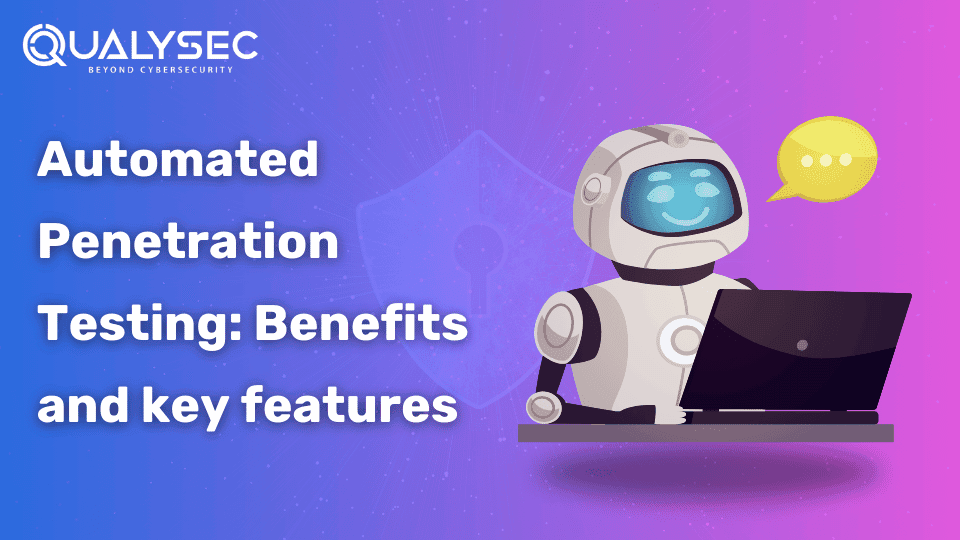The Top 10 Penetration Testing Companies in San Francisco
Top 10 Penetration Testing Companies in San Francisco is one of the global tech and innovation hubs—the city homes innovative startup organizations and large-scale tech corporations. However, the city also accommodates some of the most advanced cybersecurity companies across the globe. Cyber threats get more sophisticated when the world digitalizes. With this, most businesses risk vast losses and even issues. Most importantly, the most susceptible sectors will include finance, healthcare, and technology-related ones, increasing the danger of such organizations that sound security measures now become the need of the hour. Penetration tests are proactive strategies that are employed in the security of businesses that will identify vulnerabilities and correct them before criminals exploit them. Through imitation of real attacks, penetration testing companies detect vulnerabilities in infrastructure, applications, or networks to provide an organization with the means to become more secure. This article explores the top 10 penetration testing companies, highlighting their key services, unique strengths, and contributions to the cybersecurity industry. Whether you’re a fast-growing startup, a mid-sized business aiming to scale securely, or a large enterprise safeguarding vast amounts of sensitive data, partnering with the right cybersecurity firm can significantly enhance your defense strategy against evolving cyber threats. Top 10 Penetration Testing Companies in San Francisco 1. Qualysec – AI-Driven Penetration Testing Leader Qualysec is a new cyber security firm that focuses on AI-based penetration testing as well as ethical hacking. Qualysec has a mission to redefine security testing through machine learning and automation in delivering high precision and efficiency regarding vulnerability assessments. Due to this proactive approach, Qualysec has earned its reputation as it protects businesses against emerging cyber threats. Qualysec, servicing both startups and big enterprises alike, offers tailor-made security solutions, allowing an organization to be compliant and resilient against cyberattacks. With an in-house panel of expert ethical hackers, the company offers the best-in-class penetration testing services to answer current problems in modern security. Overview Qualysec is considered a new-generation cybersecurity corporation that makes use of machine learning, ethics hacking, and automation talent to provide highly precise and efficient penetration testing service providers. Qualysec uses tools powered by artificial intelligence to strengthen threat detection capacities, risk analysis, and validation of security at its process while helping businesses present a robust wall against these emerging cyber threats. Their approach is data-driven, providing optimum remediation by reducing false positives and continued monitoring for long-term resilience. Key Services What’s Unique in Qualysec? The AI-based automation method with Qualysec revolutionizes the best penetration testing while spearheading new frontiers of security innovation for business companies and beyond with the guaranteed backdrop of proactively managing threats and ensuring digital resilience. Talk to our Cybersecurity Expert to discuss your specific needs and how we can help your business. Schedule a Call 2. Synack – AI Augmented Red Teaming & Pentesting. Synack integrates human experts with AI-based automation to offer scalable and continuous penetration testing solutions. The company has innovated pentest services through a global network of ethical hackers tied with the power of artificial intelligence. Synack’s Red Team platform ensures real-time security assessments to enable businesses to identify vulnerabilities before cybercriminals exploit them. Synack has impressive representation in enterprise security and is trusted by Fortune 500 companies, government agencies, and critical infrastructure organizations. Leader in proactive defense provides continuous security testing. Overview: Their Red Team offers real-time security assessments aimed at detecting those weaknesses before they happen. Key Services: Continuous Pentesting-as-a-Service (PaaS): Provides ongoing penetration testing for enhanced cybersecurity. Crowdsourced Ethical Hacking (Red Team Testing): Leverages global ethical hackers for threat detection. Zero-Day Vulnerability Detection: Identifies unknown security threats before exploitation occurs. Government & Enterprise-Grade Security Assessments: Secures critical infrastructure and high-profile enterprises. Why Synack? AI + Human Intelligence: Uses automation with expert analysis for risk detection. Trusted by Fortune 500 Companies & Government Agencies: Ensures highest-level security standards. Real-Time Security Analytics & Reporting: Offers monitoring as well as actionable intelligence in real-time. 3. Bishop Fox – Experts in Offensive Security Bishop Fox is an innovative penetration testing vendors that does offensive security, red teaming, and cybersecurity testing in its areas of operations. For more than ten years now, the company has been at the help of providing world-class security solutions to organizations in their quest to protect against sophisticated cyber attacks. Bishop Fox approaches security proactively, simulating real-world attacks that will, therefore, make the business’s defense robust before a breach happens. The company is comprised of an experienced team of security experts continuously researching emerging threats to ensure clients receive the best strategies for security available. Being an offensive security firm, Bishop Fox has built a niche among Fortune 500 companies, financial institutions, and government agencies. This customized security solution protects the business’s digital assets from cyber threats. Key Services: Web & Mobile App Penetration Testing: Explores digital application security weaknesses. Red Teaming & Social Engineering: Demonstrates real-world attacks to assess security defenses. Cloud Security Assessments: Reviews cloud infrastructure for potential vulnerabilities. IoT & Embedded Systems Security: Secures connected devices and embedded systems against cyber threats. What Sets Bishop Fox Apart? Deep Expertise in Offensive Security: Specialized in advanced hacking techniques for strong security. Business-oriented Security Testing: This provides tailor-made pen testing for businesses. Organic Cybersecurity Research: The team mainly creates new security functionalities and ideas. 4. Cobalt – Penetration Testing-as-a-Service (PTaaS) Cobalt delivers its flexible PTaaS platform that sustains continuous testing. The company transforms the game of vulnerability assessment and penetration testing since it empowers enterprises to access the pool of available on-demand security experts with help from Dev teams. This agile approach will enable businesses to integrate security testing seamlessly into their DevOps workflows, allowing them to identify and remediate vulnerabilities rapidly. Cobalt has an intuitive interface that provides real-time information, making it easy for businesses to handle security testing. Cobalt is the penetration testing service that favors enterprise companies if modern, flexible, and reliable solutions are what they seek. Key Services: Cloud, Network, and API Penetration Testing: Explores vulnerabilities in IT infrastructure. DevSecOps & Security Integration: Integrates






